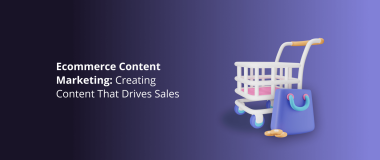Anyone that works in the B2B segment knows that the industry brings along its own set of constant challenges. While in the B2C industry, marketing to customers, the sales cycles are a lot shorter, whereas, in B2B sales, the sales cycle can be quite prolonged. Especially, if you target smaller groups with a higher-priced product.
Before you can go through the whole B2B sales funnel, you must generate leads and find qualified prospects that can be turned into future customers. That’s what makes B2B sales process so challenging. Today, we will analyze some of the most common challenges that you will face in B2B when it comes to sales and marketing and provide you with effective tips on how to overcome them.
Related: How to Increase B2B Sales with Email Marketing9 Surefire B2B Marketing
Generating More Leads

As stated by Fronetics in their B2B Marketing Stats, generating quality leads remains the biggest challenge for B2B marketers. Capturing website visitors is no longer enough. Today, marketing and sales teams need to present content that captivates users and makes them fill out landing page opt-in forms.
Related: Are You Successfully Converting Leads? Lead Conversion Guide for Companies
Marketers need to develop inspiring content, but also, they need to encourage B2B clients to take significant actions that will fulfill your business goals.
There are different approaches that you can use to generate more leads:
- Expand Your Market – If you want to work in a global B2B marketplace, you must know how to develop content for international markets. Globalization means that your content can be accessed from anywhere in the world, which leads to unlimited business opportunities.
- Develop Different Content – To connect with a bigger target audience, you must know how to cover a wider range of prospects. For this purpose, you can research brand new keywords that your customers use when they search online. By doing this, you will identify gaps in your content strategy and in the marketplace that you haven’t covered yet and create the fitting content.
- A/B Test the Content – By experimenting with your content narrative, headline or featured images, you will collect a serious amount of data about what type of content gets the most clicks, and where people click or leave their content information. The information from the experiment will help you learn what combo brings the most leads online.
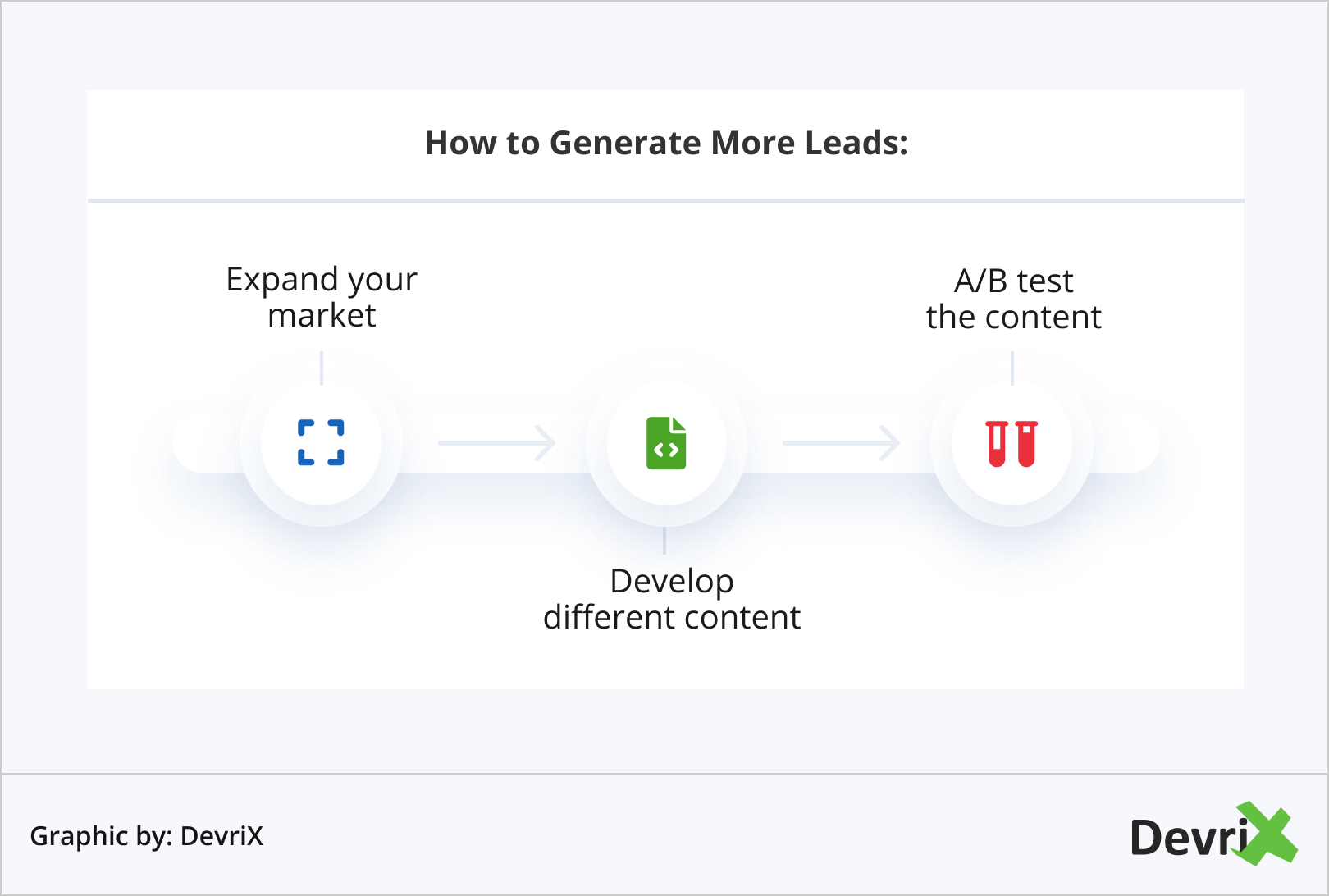
Related: 4 Major Elements of Content That Engages Your Audience
An Increase in Competition

The B2B industry is not a battlefield, but getting beaten by your competitors is often disappointing and unpleasant. Failing to capture a target customer is grueling, especially when you know what you offer is better than your competition. Despite your best intentions, at some point in the conversation with your prospect, you’ve failed to convince him/her that you’re the better choice.
The following will help ensure that you have the power to beat your competitors in generating more leads through your B2B strategy:
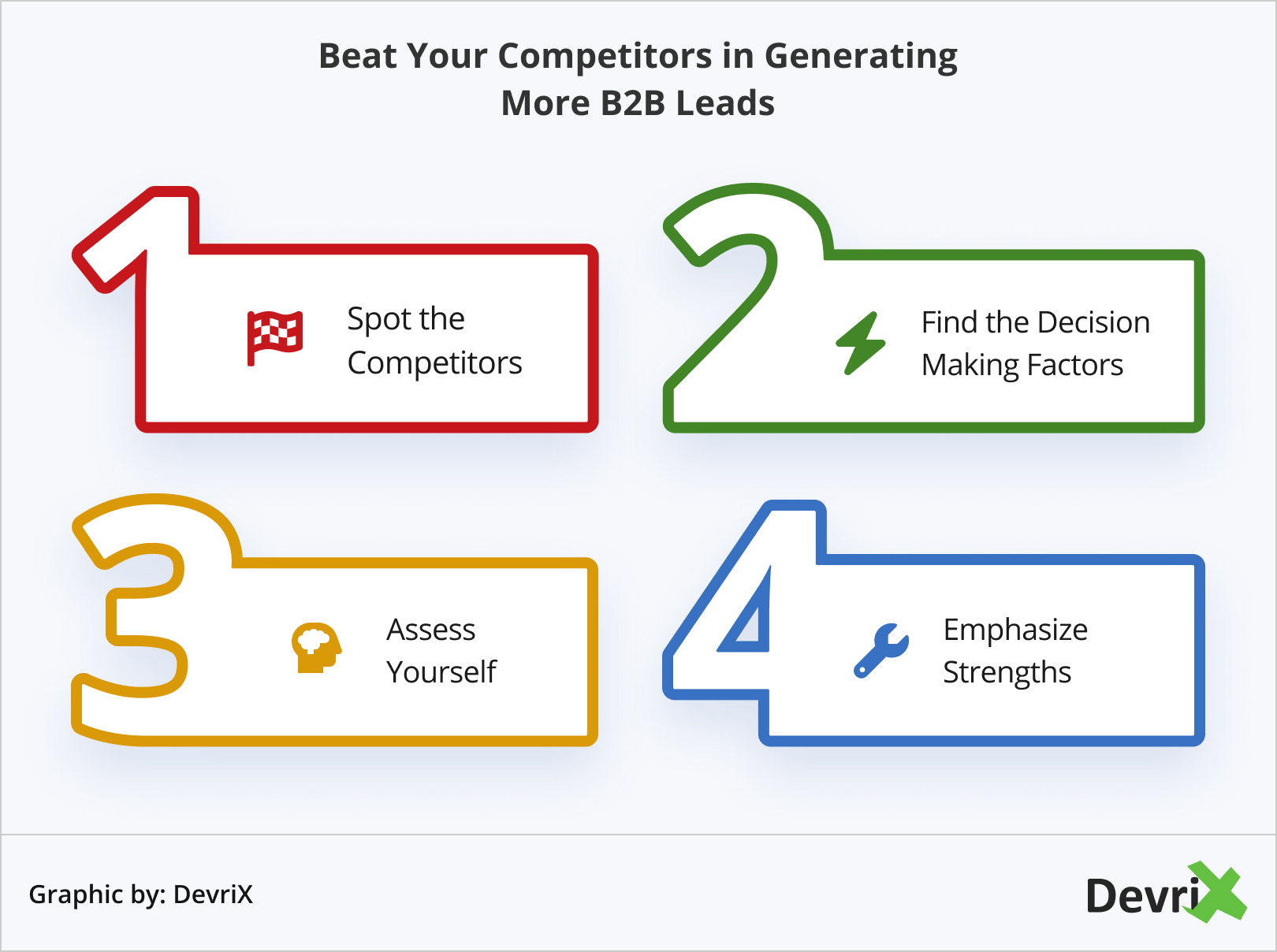
- Spot the Competitors – The first step to beating the competition is to recognize it. When you’ve identified the competitors, it’s important to examine them and understand what they offer. How do they position themselves, and what are the areas in which they’re stronger than you?
- Find the Decision-Making Factors – A thorough marketer knows what the target company’s decision-making factors are when it comes to considering a particular product. However, you need to remember that these companies are run by human beings, and humans often have specific priorities and may value things differently than you.
- Assess Yourself – Besides the competition, you need to test yourself as a business too. What are your strong suits? How and why are these traits better than your competitor’s traits? If your competitors are better than you, you will need to work harder and learn your craft better. If not, you will need to become more confident and differentiate yourself so that you can figure out how to become the better choice for your client.
- Emphasize Strengths – When you talk to clients, you need to highlight your strengths. Learn where you do better than your competitors and use that to your advantage. Also, if you have weaknesses that need to be addressed, have prepared answers to every possible objection. Expect your competitors to highlight your weaknesses and know how to respond.
Long Sales Cycles

You can’t avoid long sales cycles if you deal with B2B sales. But, you can make the sales process smoother. This can be done by following what the prospects do on your website so you can assess at what stage of the sales B2B funnel they currently reside.
Recommended: 7 Effective Lead Nurturing Strategies to Boost Your Sales
The best way to have full control over a long B2B sales cycle is to implement a CRM system. A powerful customer relationship system can gather all the information about your clients in one section. This includes the deals that you’ve signed, emails that you exchanged, notes and appointments – all in one place.
DevriX Presents: DX Sales CRM 1.0.0 is Available on WordPress
The main benefits of a sturdy CRM system are pretty straightforward:
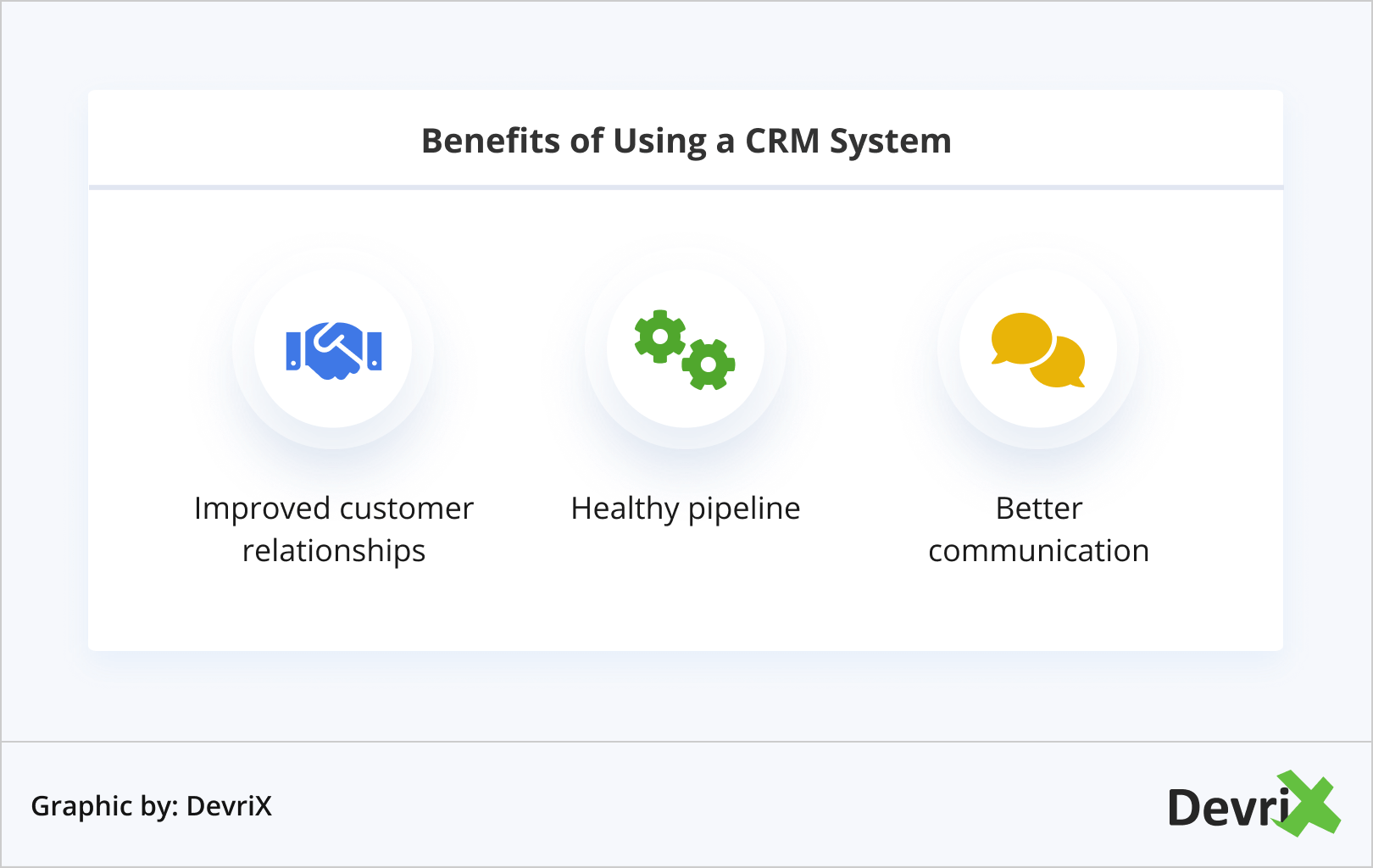
- Improved Relationships – The entire journey from prospect to buyer can be done on a CRM platform. As you acquire prospects, you can track their behavior and score them accordingly. That information can then be used to nurture leads and to prioritize outreach.
- Healthy Pipeline – In a CRM, you can visualize your pipeline and focus on tasks accordingly, tasks that get you closer to the deal. It allows you to measure sales pipeline metrics and make sales reports easily.
- Improved Communication – You can communicate with every team member. Every bit of information and important resources is available to everyone involved in a particular project.
Positioning Value Proposition

Your value proposition is pivotal to the growth of your business. It is a strong summary of the main benefits that you offer to your target B2B client. It defines the distinction between you and your competitors and the value that you give to the prospects. But, not every business can define a distinctive value proposition.
The value proposition is an entire set of traits and business elements that are presented to customers and potential clients:
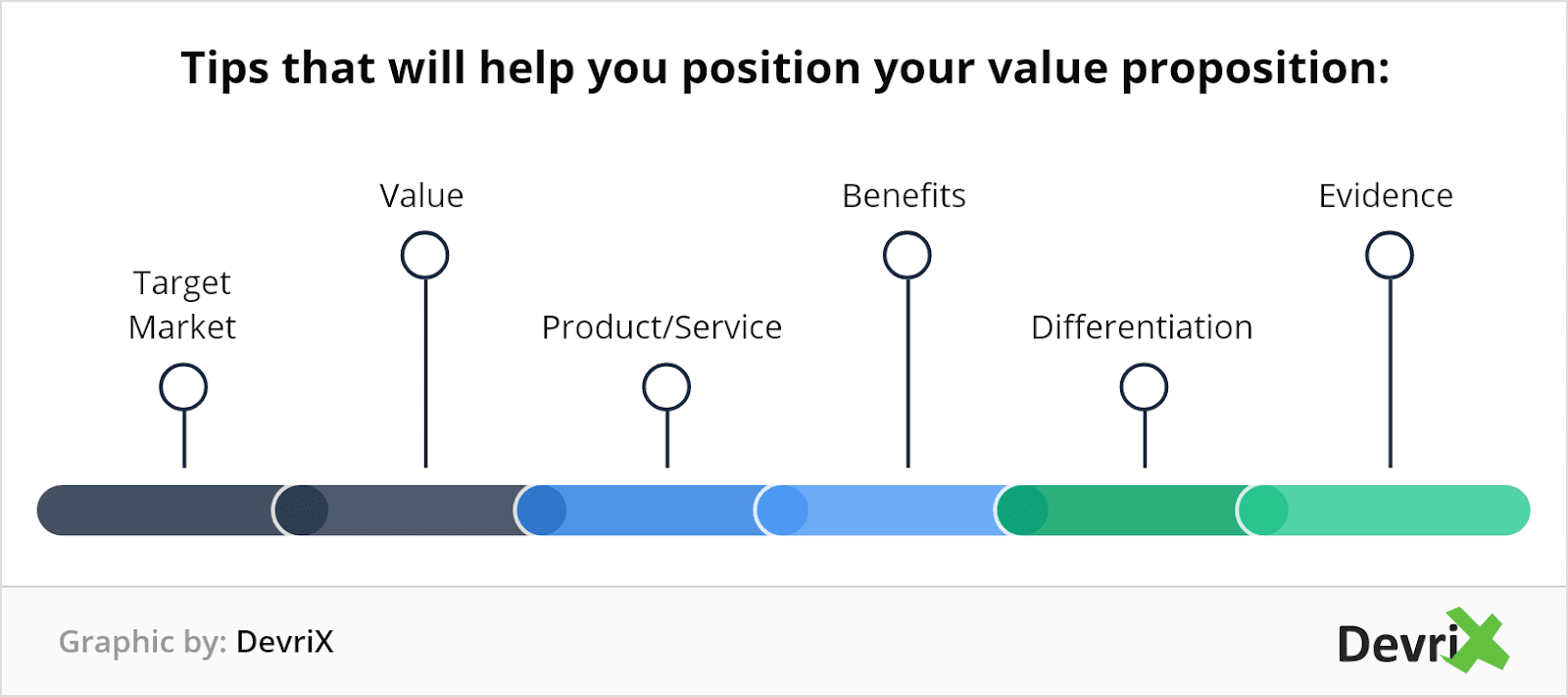
- Target Market – The people who buy your products or services. Your market should not include everyone. You need to segment your potential customers by their demographics, buying behavior, attitudes. You need to find the segments that you can serve and pitch your product to them.
- Value – What the customers get in return for what they pay. It is important to think about the tangible and intangible benefits of your product. If you want customers that pay premium prices, you need to think about every valuable aspect of your product/service.
- Product/Service – You need to create a product or service that justifies the perceived value. Assess what you deliver to your clients. Bring constant innovation in your product offer to make sure that you stay relevant and unique.
- Benefits – Find the benefits that are the most important to your customers. Connect those benefits. Think about product attributes, functions, and emotional benefits as a result of the experience.
- Differentiation – Compare your value proposition against your rivals in the industry. State why companies need to choose your product instead of a competitor’s product. Why is your option better than the rest?
- Evidence – Customers are savvy and words are not enough to convince them to buy from you. As proof, you can include case studies, testimonials, sales and customer facts, as well as the increased ROI from using your product/service.
When you have a well-structured value proposition in your B2B strategy, you can effectively sell your products and serve your clients. The following tips will help you position your value proposition:

- Recognize Original Competencies – Your business competencies are the understructure of a compelling value proposition. You’re going to need a strong competency that can be maintained against your competitors. An original competency can come in the form of technology, industry positioning, market relationships, costs, business activity, manufacturing processes, people, customer satisfaction, or just being first to market.
- Effectively Communicate the Value – Your clients need to recognize your value right after reading your content. For that reason, it is a good thing to be informal when you communicate and never try to impress the other side with too much business jargon. Write your content in a direct and informal style.
- Transform Value Proposition into Marketing – If you don’t know how to polish the value proposition to sound more natural to your potential clients, you’ll need to hire marketers that can smoothen things up and refine the content. Each value statement should be credible and sound meaningful to the target customer.
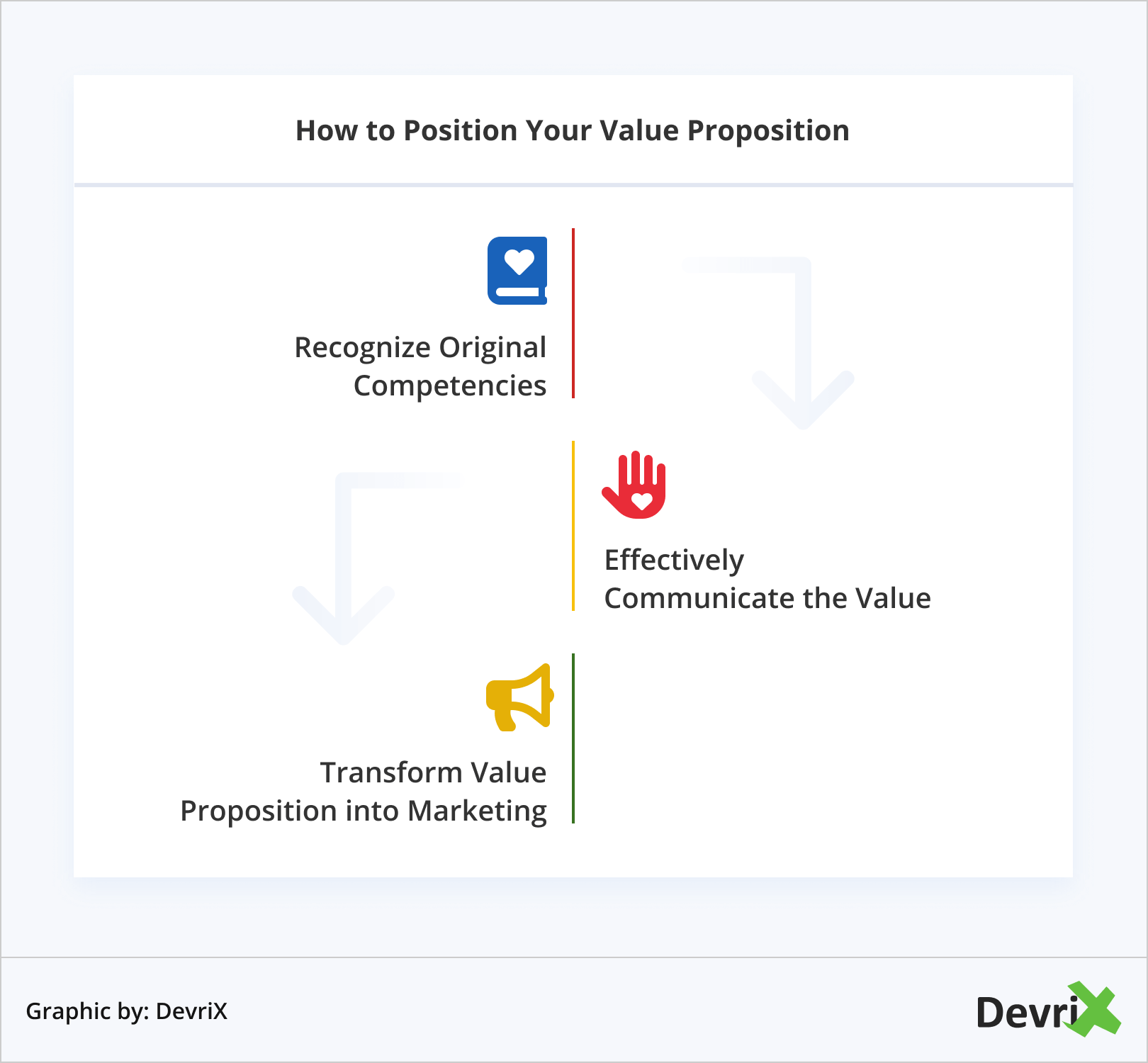
A strong value proposition will help you connect easier with target audiences and install a strategic foundation for your company’s marketing and sales team. It gives them an unwavering and cohesive way to talk about your business.
Measuring ROI

Another big B2B marketing challenge is the proof of ROI (Return on Investment). This HubSpot survey mentioned that 21% of marketers claimed that proving the ROI of their efforts is their top B2B challenge. But, increasing ROI is not something that can happen in a flash. This demands accurate organization and planning to make sure that the ROI is traceable from the beginning of the marketing and sales efforts.
Related: Are You Having Poor ROI? Avoid These 5 Customer Retention Pitfalls!
To measure and increase ROI, you need to keep your focus on determining KPIs and goals. You must set goals that you can measure. The best way to start is by measuring your website and content performance plus other marketing activities. After that, you can choose the KPIs that you need to measure, such as:
- Total Website Visits
- Website Bounce Rate
- Click-Through Rate
- Time on Page
- Number of New Leads
- Client Lifetime Value
- Client Acquisition Cost
Increasing Website Traffic

With so much competition online, increasing website traffic is not an easy task, especially for B2B businesses. Because B2B companies mostly market and sell to other companies, they don’t invest in inbound marketing that can boost their web traffic.
They think that their clients don’t buy online, or if the clients are in a really narrow and exclusive niche, that marketing efforts won’t work on them. But, inbound marketing can be one of the most effective ways to grow a B2B company online and increase web traffic:

- Social Media – If you do SMM accurately enough, you can get a lot of online traffic to your website. In business-to-business, CEOs and managers are using LinkedIn in their free time. Other social networks also have professional groups and pages that are dedicated to a niche topic. There, you can find new leads to bring to your website.
- Content – To generate more traffic and B2B sales, one of the best strategies that you can use is creating content and publishing it. No matter in what industry you operate, you ought to maintain a regular blog on your website. Your potential clients will want to do a little research before they decide to buy your product. Offer them the answers to their questions on your website and let them sell the product to themselves.
- SEO – If you want a constant flow of website traffic, you have to cement your website’s good ranking on search engines. The more relevant keywords you use for your B2B sales strategy, the better optimized you will be for search engines. This will be rewarded with a good Google ranking and will boost your website traffic as a result.
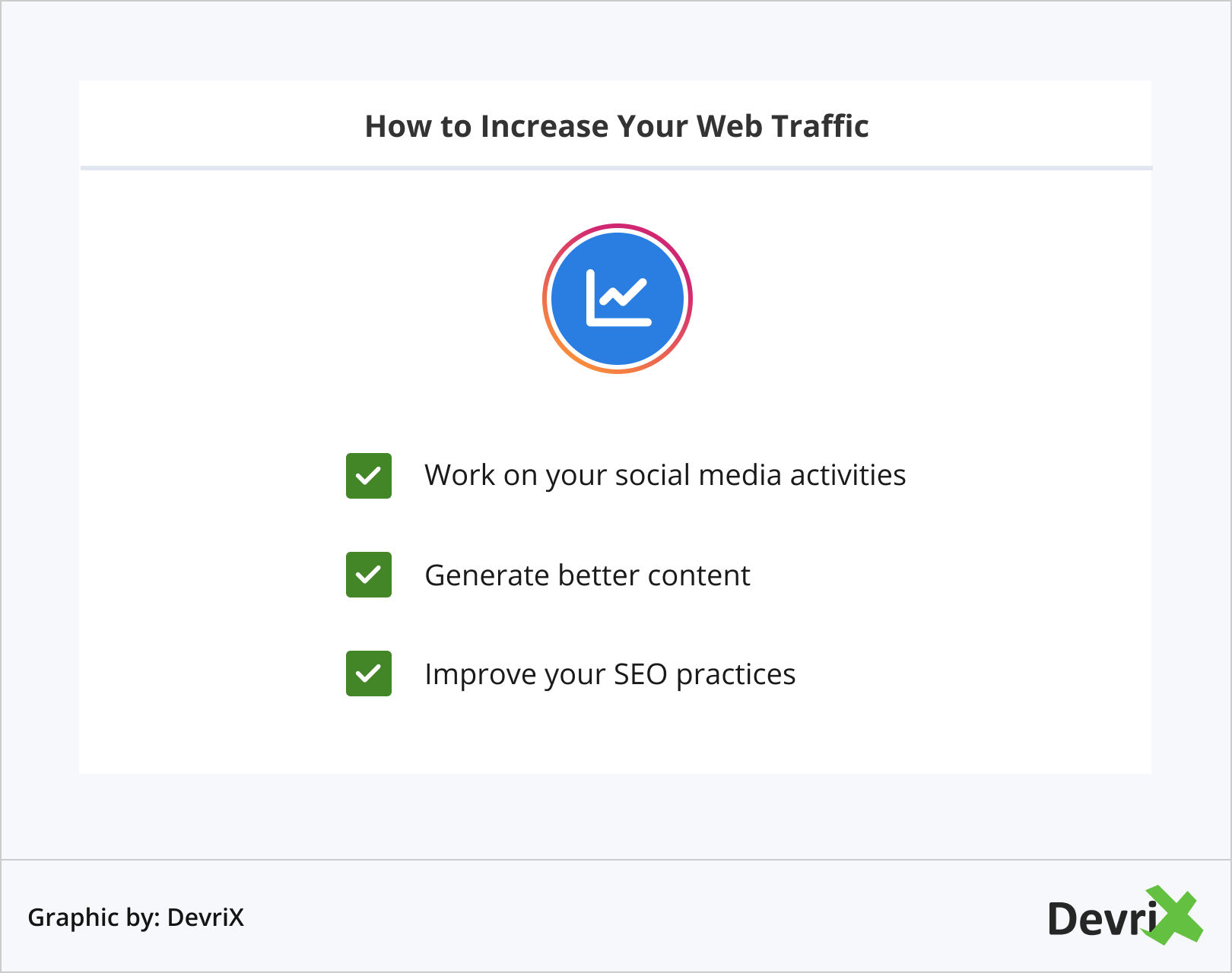
Dealing with Indecisive Buyers

Of course, a sales process wouldn’t be what it is if there weren’t any objections. When a potential client comes up with different objections it means something is not communicated properly. Either your product doesn’t provide any real value or the potential client is just making an excuse not to buy it.
These things happen in sales. You’ll reach a prospect that has the budget and the need for the product but, when it comes down to the final decision, they back out. It’s not an enjoyable situation at all. At this point, you need to direct your focus on the one thing that people love to hear about the most – themselves.
When a prospect is indecisive, always listen carefully. You can always ask them open-ended questions that will make them think more about their problems and needs.
The person on the other side will feel better if he/she knows that what he/she has to say is important to you. You can assess what they tell you and guide the conversation by asking them follow-up questions.
Keeping Pace with Mobile Marketing

In January 2021, Datereportal stated that over 66.6% of the global population are unique mobile users. That’s more than half of the overall worldwide populace, which means that marketers definitely have to step up their mobile marketing game. This involves SEO too, and teams need to foresee the keywords that help the company to be found online.
Today, mobile has become a crucial element to any marketing strategy. B2B businesses are no exception. Clients use their mobile devices as an add-on to their desktop/laptops and expect an undifferentiated journey across all devices.
Related: Things to Do to Get Your Mobile Strategy Up and Running
To keep up with the mobile technology and trends, you must optimize your website’s mobile-responsive design. Make sure that your website fits every screen, from desktop to laptops, tablets, and smartphones. Learn about the latest mobile trends and stay current by offering your content, products, and services on the go.
Wrapping Up
If you work with B2B clients and market your services, you’ve surely encountered at least one of the challenges above. The industry is constantly changing and it’s no longer simple to convince prospects to work with you.
Be proactive in your sales and marketing strategy and find the channels where you can share relevant content and where the best leads reside. Your sales and marketing teams need to work closely to bring more potential clients into the sales funnel.
Overcoming B2B sales and marketing challenges means building relationships with your buyers and gaining trust – which is the key to success in present-day B2B sales.



![6 Ways to Strengthen Your B2B Content Marketing Strategy [Part 1]](https://devrix.com/wp-content/uploads/2019/12/6-Ways-to-Strengthen-Your-B2B-Content-Marketing-Strategy-Part-1@2x-380x160.png)
